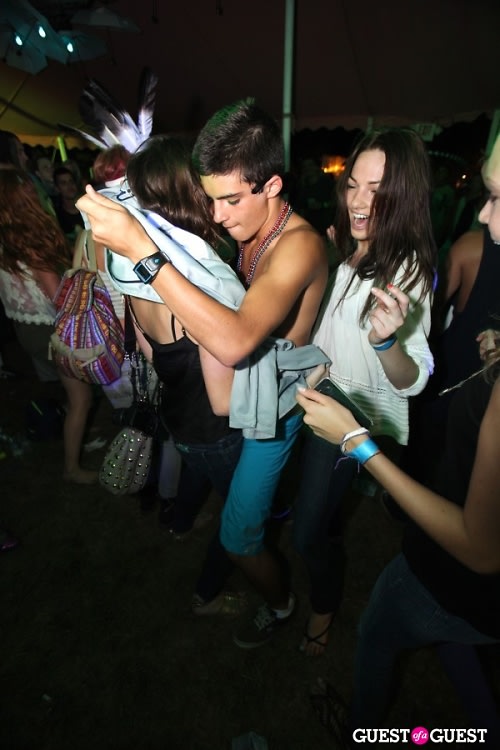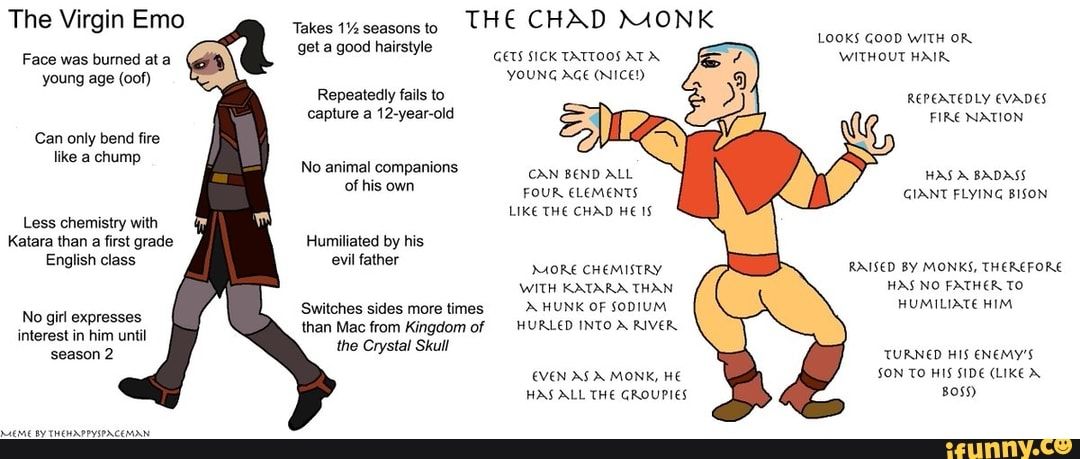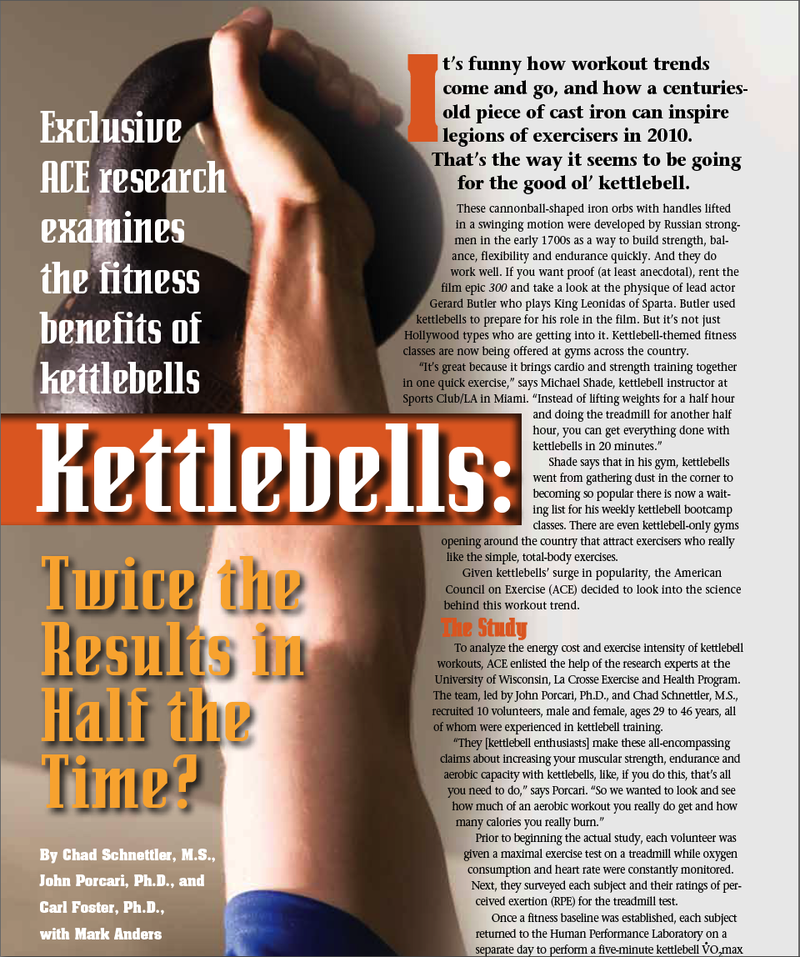How to get better at freestyle dancing
Freestyle Dance: Tips From the Pros
Freestyle dance is an incredibly popular form of dance that goes beyond choreographed sets and allows dancers to channel their inner creativity to create their own moves. While there's certainly no wrong way to freestyle dance, there are some tricks and tips you can implement to get the most out of your dance session.
Who Invented Freestyle Dance?
Freestyle dancing, sometimes referred to as street dancing, is a unique type of dance that is based on improvisation rather than the choreography seen in other dance varieties. As the era of disco died, freestyle dancing was born in the early 1970s when dancers began to show off their freestyle skills on the streets and in public areas. New York and Los Angeles were home to several important locations that contributed to the birth and growth of freestyle dancing, while Jamaica played a role in the incarnation of reggae seen in some forms of freestyle dance.
Today, freestyle dance has evolved to be edgier and harder and has given birth to several other forms of dancing like krumping, street jazz, breakdancing, and popping and locking.
4 Tips to Take Your Freestyle Dancing to the Next Level
B-Boy Wing dancing at the Hotel Couvent des Minimes in Lille, France
© Little Shao/Red Bull Content Pool
While freestyle dancing is based on uniqueness and improvisation in the moment, there are several tips to keep in mind to take your dance moves to the next level. These tips include:
1. Just Start Moving
“Nobody cares if you can't dance well. Just get up and dance. Great dancers are great because of their passion.” – Martha Graham
This tip may seem obvious; it's easy to get stuck in your head when first starting to freestyle dance. The purpose of freestyle dance is to express your own unique voice and create moves that are individual and improvised. Getting caught up with the ins and outs of freestyle dance often has a negative effect on the dancer's actual dancing. So, before anything else, push your fears and judgments aside and just start moving your body to the music.
2. Focus on One or Two Styles of Freestyle Dance
Focus on One or Two Styles of Freestyle Dance
Rather than trying to master every style of freestyle dancing, choose one or two styles that feel right and focus on mastering those. There are several foundational styles of dancing that are based on where the dancers are dancing and the music that's popular in their area. Popular styles include rump, popping, locking, house, and breaking. Pick which style you gravitate most to and spend your time practicing the techniques of that style regularly.
B-Girl AT
© Maarit Halonen / Red Bull Content Pool
For example, if you really like robot freestyle dancing, practice the popping and locking technique that's commonly seen in this style of dancing. Once you've mastered popping and locking, move onto another dance move that's unique to robot dancing. Music that's great for robot dancing is techno, dubstep, and electro-funk.
3. Take a Dance Class
“I learned to appreciate repetition. That's why I can dance. It's how I learned to act. I have a high tolerance for repetition.” – Channing Tatum
I have a high tolerance for repetition.” – Channing Tatum
Sure, freestyle dance is centered around improvisation, but that doesn't mean you can't take a dance class or two to learn new moves to incorporate into your freestyle dancing. Dance classes will expand your abilities and movement and give you ideas on how to broaden your freestyle dancing experience. A dance class will also introduce you to other movers' styles, which may ultimately lead you to find a new style of dancing you enjoy just as much.
And, a dance class gives you the chance to watch yourself dance in a mirror and for an audience, so you can get feedback and see just how awesome you look breaking it down.
Virginia Tomarchio and Lil G perform
© Mauro Puccini/Red Bull Content Pool
4. Activate Your Creativity
“Dance is the only art of which we ourselves are the stuff of which it is made.” – Ted Shawn
Freestyle dance is an incredible way to release your creativity and expand your understanding of yourself. But before you can do this, you must first learn how to activate your creativity. Most people don't go through the day focused on how they can express their creativity. In fact, for many, everyday life is a way of stifling our creativity. Luckily, there are several ways you can broaden your creative horizons and tap into your own unique spirit.
But before you can do this, you must first learn how to activate your creativity. Most people don't go through the day focused on how they can express their creativity. In fact, for many, everyday life is a way of stifling our creativity. Luckily, there are several ways you can broaden your creative horizons and tap into your own unique spirit.
Visit an art show, watch a new TV show, read books, and take time to be in nature. Immerse yourself as much as possible in creative settings, even if it's just a walk through a new park. The more you can tap into your creativity, the better you'll be at freestyle dancing.
Incorporating these tips into your freestyle dance practice will help you hone your skills on the dance floor and express your creativity through dance in new and exciting ways.
How To Freestyle Dance | STEEZY Blog
So we've talked about how to learn and execute choreography. Freestyling is another integral part of learning how to dance.
Freestyle dancing makes you more comfortable in your own body, gives you the opportunity to explore new ideas for movement, and lets you let go and have fun expressing yourself!
This guide will teach you how to freestyle dance, step-by-step.
(But remember, the important part is that you get up and do it yourself!)
What Is Freestyle Dancing?
Freestyle dancing is improvisation. It’s when you do moves on the spot that weren't choreographed ahead of time. You probably freestyle all the time already!
You don't have to be in a battle or cypher; full-out performing while you do Karaoke or dancing with a girl at the club (ayy) are versions of freestyling!
So don't take it so seriously, especially when you're just starting to learn how to freestyle.
It's about building an algorithm in your body that understands basics of movement, and combining that with your natural groove, style, and spontaneity in the moment.
That said, the first step of freestyle dancing is to...
1. Understand the music
When you freestyle, you're not following a set of moves that was made for that specific song. So, you gotta be able to catch onto the song quickly.
First, bob your head to the rhythm/tempo of the song. Get your body to find that groove, which will set a sort of pace for your freestyle.
Get your body to find that groove, which will set a sort of pace for your freestyle.
Then, listen to the melody – this is the layer of the song that you “sing.” (*It doesn’t necessarily have to be lyrics).
The melody helps you with the mood of your freestyle. Dancing to this layer is a great way to switch up your freestyle from hitting the 1s and 2s in the song
Notice other patterns in the music that you can emphasize.
For example, is there a bass beat every even count? A snare at the end of every 8-count?
You can take mental note of these so you can later do something to “hit” that sound.
Basically, actively listen to the music, taking in each sound and the feeling.
Brush up on musicality here: How To Train Your Musicality As A Dancer
2. Train your fundamentals
Fundamental, or foundational styles, are the bread and butter of freestyle.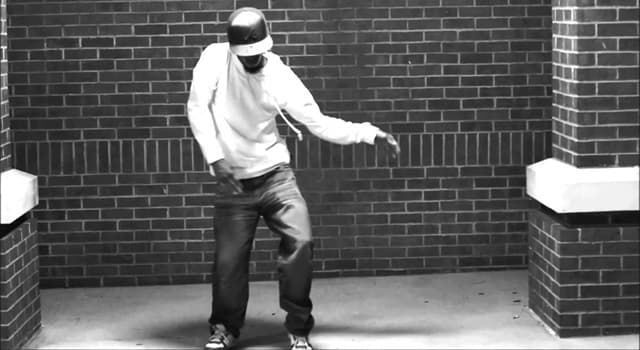
These dances emerged in clubs or other social settings where dancers used freestyle to express themselves.
(This is also why our first point about music is so important. The music that’s popular in an area or period of time influences how people think, feel, and dance.)
Over time, the techniques, grooves, and combos from these styles became the building blocks for a lot of the choreography we see today.
These styles include but are not limited to: Popping, Locking, Hip Hop (Party Dancin'), Breaking, House, Waacking, Krump, and more!
Those examples are Hip Hop, Street / Funk Styles, but "fundamentals" or "foundation" can also refer to any sort of building block for movement.
Studio styles like Ballet, Jazz, Tap, Contemporary, are also great dance styles that set the blueprint for your freestyle.
If you need a place to start, then take the Beginner Program on STEEZY Studio where Carlo Darang (Choreo Cookies, Building Block) teaches the very basics of movement (a great place to start for any style).
You can also learn Popping through Boogie Frantick's Beginner Popping Program,
Or House with Jojo Diggs in her Beginner House Program.
Here are some free drills that you can do – but remember, you have to first learn the technique in the class, so that you practice the right way!
3. Groove it out
Most dance styles have a foundational groove. It's key to have that when you're drilling techniques and moves.
But let's talk about "groove" in a different sense – Hip Hop grooves! SO much of the Urban Choreography we see and do today came from these base movements.
You can learn them in Bianca’s Grooves classes on STEEZY Studio. No choreography, just straight groovin'.
4. Play with dynamics and textures
Nothing’s wrong with doing a little 2-step, but if you want your freestyle to be more dynamic, then experiment with different variations of your movement.
Dynamics refer to how you do a move, not the move itself. For example, you can do the same arm wave in an infinite amount of different ways.
Fast and strong? Or initiate from the shoulder? Milk and then hit at the end?
At STEEZY, we call these the “fast and slows, highs and lows.”
Mixing up different speeds, levels of power, placements, and other factors can transform your dancing from flat to fascinating.
Get execution ideas: What Are Textures In Dancing?
5. Play with combinations of moves
We all have our “default” moves. It’s what our body naturally wants to do to certain sounds. Do you find yourself repeating certain movements?
That’s fine!
But you can make that move look more complex and interesting by fusing it with other movements.
For example, you got your basic two-step – Right, tap. Left, tap.
Now… Add arms! Maybe... a head tilt! Try a lean into your step! Groundbreaking.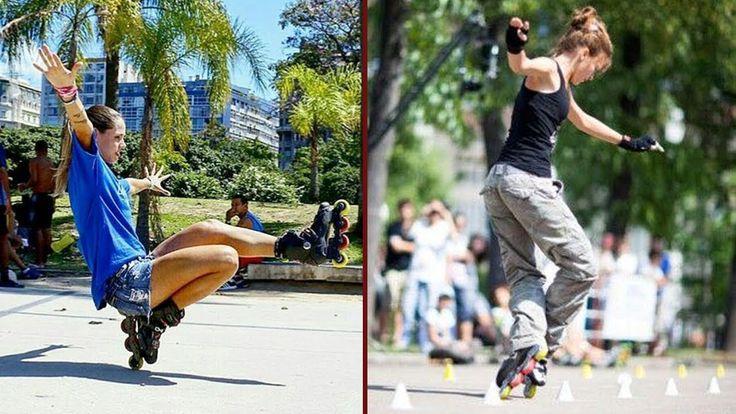
Now your basic two-step is a whole new move! Experiment with different body parts to add more flavor to your base moves.
You never know what unique pictures or grooves you’ll come up with!
6. Use concepts to come up with moves
When you freestyle, you might keep reverting to the same "default" moves your body is used to.
If you find yourself doing this, try telling a story or depicting a concept with your freestyle. It will force you to think outside your own box.
This video explains how you can use “concept-based freestyling” to create new pictures and shapes and pathways.
7. Practice wherever, whenever!
The best part of FREEstyling... is that it’s FREE. Get it?? Eh?? Ok seriously. You don’t have to pay for a class or go anywhere fancy.
You can freestyle in your garage, your room, your car…
Get a group of your friends together and session… hiT DA CLUB and let your freak flag fly.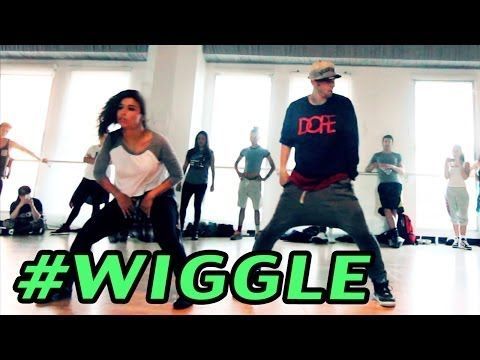
So do it anytime, all the time! And watch yourself grow more comfortable and creative freestyle dancing.
If you need an extra dose of confidence to get you going, then just watch this video!
In Section 8, we'll talk about how to keep your body in tip-top shape for dancing.
Let's go!
11 tips for productive workouts
11 effective tips to make your workouts more interesting and productive.
1. Before training, be sure to watch a video dedicated to your dance style. Analyze it. While watching, look at possible movements, elements that you would like to practice or try in training. Pay attention to the manner of the dancer. Having tuned in to it (manner), it will be easier for you to make the movement correctly. Already during training, dancing, figuratively remember what you saw. This will make it even easier for you to achieve your goal.
This will make it even easier for you to achieve your goal.
2. At the beginning of your workout, start with the simplest movements. This way you hone your technique, make your style cleaner, more professional. In addition, you can warm up and prepare for more complex movements. We also note that even simple movements, performed with style, feeling and well-designed, can be really cool.
3. As you practice the movements, think about what you are doing . Do not mindlessly repeat the movements of the coach. Try to think with your head. During the dance, mentally pronounce the order of movements and if you or the coach notice any problem or mistake, remember about it and be ready to correct it at the right moment. For example, "You need to swing your arms wider, you need to swing your arms wider ..." Unconscious repetition of the movement will slow down your progress and vice versa, conscious, will allow you to quickly understand, get used to and move on to the next one.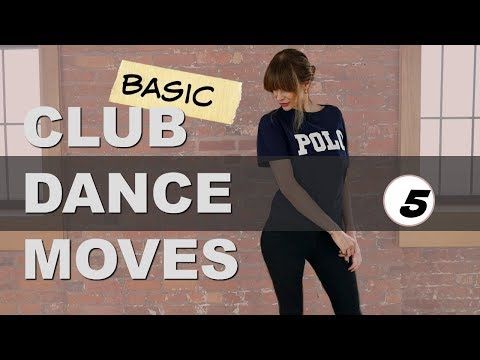
4. While dancing, look at yourself in the mirror with your peripheral vision . This will allow you to see yourself from the side and objectively evaluate how you move. The bottom line is that when you look at yourself in the mirror out of the corner of your eye, the effect of a third person is created. You look at yourself from the outside, not thinking that it is you. In this way, you abstract from the subjective perception of your dance and this allows you to see the movement exactly as it looks in reality.
5. Look straight ahead, do not lower your head. Get used to looking ahead. If you move at the mirror, then look into it. If on the stage, then on the audience. Eye contact is essential.
6. Videotape your dance. Watching your video and analyzing it, you can track your mistakes. In addition, as you develop as a dancer, you can track the change in the level of dance, which will be a clear confirmation that you are on the right track.
7. Pump up the movement. Starting to learn a new movement, it is necessary to do it slowly and repeat it many times. It's called pumping. Thus, you better remember the movement and will always do it qualitatively.
8. Dance the movement. After pumping, the movement must be danced. This means that it no longer needs to be performed monotonously, namely to dance. Since you move to the music at a party, disco. Try to relax and listen to music. When dancing, you can not do the movement absolutely accurately. The most important thing is to get into the rhythm and feel it. “In my practice, there were cases when I didn’t know exactly how the movement was done, but tried to dance it. At the same time, I mentally kept in my head the image of the movement itself, how it would look. And for its correct execution, I entered into its rhythm and tried , tried, tried. And only after that I disassembled it by elements, which helped me make it the most correct and pump it over. "
"
9. More freestyle. Freestyle is a free dance performance. That is what defines you as a dancer. Freestyle will help you start moving to the music and form your own unique style. Keep track of those elements that you especially succeeded or liked during the freestyle. Later, you can put them in your piggy bank. Your dance base will be formed from them. And it will be exactly yours, because it was born during your freestyle. So, what advice - finish your workout with freestyle and try to put in there what you have gained during the lesson.
10. Always watch more and more videos. Nothing that you watched the same video many times. It is deposited in the memory and on the subconscious. And someday it will jump out in your dance during freestyle or when creating a new movement.
11. Study history. How can you do something without knowing the basics. The study of history and the foundations of culture will allow you to do everything right and create something new on the basis of the old. But it will be yours!
But it will be yours!
Sign up for free occupation
Just fill in these fields
and we will contact you
Hip-Hop DancingDanceHallTwerk | Booty DanceTwerk | TwerkGo-Go | Go-GoBreakdancePoppingJazz FunkStretchingHouse DanceBody WorkHigh HeelsBody MadeContemporaryContemporary DanceStreet DanceRhythmDanceHall KidsStreet DancingBooty Dance | Booty DanceContemporary ChoreographyKrump | KrumpLady's StyleWaacking & VogueRagga | RaggaClub DancingBaby DancingWedding DanceExperimentalIndividualVIP GroupsHip Hop ChoreoBallet / ChoreographyBooty Dance | Booty Dance Jazz Modern Street Dance Kids Break Dance Kids Dancehall Female0003
Dance Directions
- Hip Hop Dancing
- Hip Hop Dancing
- DanceHall
- DanceHall
- Twerk | Booty Dance
All directions
Dancing with dogs: freestyle with a four-legged partner
Do you like to dance but don't have a partner? teach your dog to dance. Mastering spectacular freestyle is much easier than you think!
Mastering spectacular freestyle is much easier than you think!
Whether you are an experienced dog breeder or just dreaming of a four-legged pet, freestyle canine can become a fashionable hobby and lifelong love. Dancing with dogs is available to everyone, they can be done for fun or for competition. This kind of sport is akin to art, when an unusual dancing pair of people and dogs open up new horizons together, performing various elements to the music and moving synchronously or independently of each other. The main thing is that the dance should look spectacular and harmonious and cheer up.
- How and when dances with dogs appeared
- Who dances with dogs and why
- Getting started dancing: a step-by-step guide to action
How and when dances with dogs appeared
Just like canicross, Freestyle cannot boast centuries of history and world records. At the origins of the movement is a famous cynologist from the UK.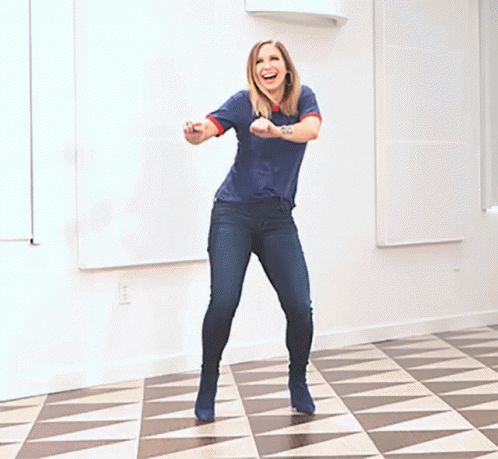 In 1990, at a workshop dedicated to the peculiarities of training to music, Mary Rae performed for the first time with amazing staged dances in tandem with her border collie. It was then that freestyle dancing with dogs was singled out as an independent sports direction.
In 1990, at a workshop dedicated to the peculiarities of training to music, Mary Rae performed for the first time with amazing staged dances in tandem with her border collie. It was then that freestyle dancing with dogs was singled out as an independent sports direction.
Who dances with dogs and why
If you are active, adventurous and love dogs, then Dog Dancing is your sport. There is no need to be afraid of the apparent complexity of learning. All you need to start dancing is desire, patience and half an hour of free time every day. Classes do not require special skills and outstanding choreographic abilities. Dancing has long been recognized as the best cure for stress. And if you remember that your partner will be a devoted tailed friend, the joy and benefits of such training can hardly be underestimated.
Freestyle combines physical activity with the creative process, when you discover new talents and opportunities in yourself and your pet. An important advantage is the absolute democracy of the direction. It is available for all breeds of dogs, starting from six months. Talented mutts and mestizos perform on an equal footing with representatives of elite breeds and show excellent results.
An important advantage is the absolute democracy of the direction. It is available for all breeds of dogs, starting from six months. Talented mutts and mestizos perform on an equal footing with representatives of elite breeds and show excellent results.
Children like dancing with a dog very much
Even a child over 12 years old can become a handler (guide) on a freestyle area. And you will play the role of a sensitive coach and director for a young dance couple. This allows not only strengthening family ties, finding a common language with children, but also developing in them such important qualities as responsibility, love and respect for all living things. And the pleasure that dogs get is generally indescribable, because for them the presence of a favorite thing is as important as for people.
Another advantage of modern freestyle is the possibility of distance participation in competitions, which is not available in other types of cynological sports. It is enough to prepare the number, shoot it as a single video clip and send it to the organizers via the Internet.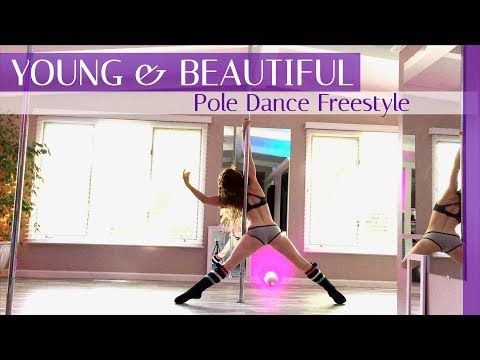 And who knows, maybe your duo will get the next prize cup?
And who knows, maybe your duo will get the next prize cup?
Getting Started: A Step-by-Step Guide to Action
Step One: Selecting the Elements
Before you start freestyle training, your dog needs to learn the basics of obedience and feel comfortable in an urban environment: not reacting to loud noises and crowds of people. There are no restrictions in the choice of dance elements, the only important requirement is that they must exclude the risk of injury for four-legged athletes and take into account individual characteristics.
For example, the high jumps that are natural for Jack Russells can be dangerous for massive Rottweilers. Conversely, such a simple element as the Spanish step (high raising of the front paws during the passage) looks unusually impressive in dogs of large breeds, reminiscent of horse dressage.
First rehearsals
Second step: obligatory program
Performances in competitions so far are only in two classes: debut and premium.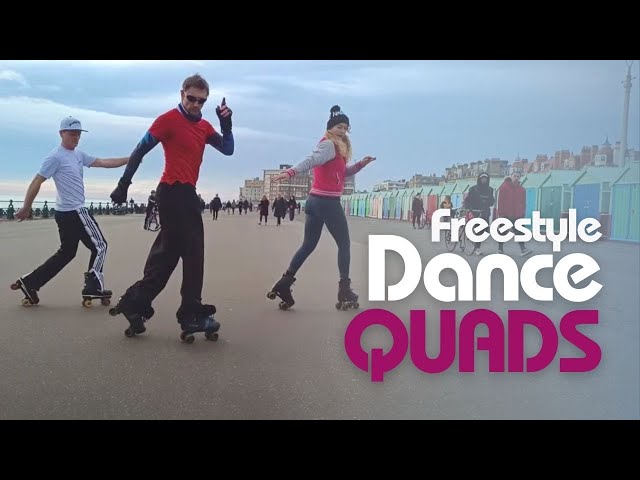 The compulsory program includes only six universal commands, having mastered which you can already put on your first dance. The simplest are bowing, moving side by side to the left and right of the conductor. It is a little more difficult to learn walking backwards at or in front of the handler's foot, slalom (a figure eight pass between the handler's legs) and circles (the fluffy dancer spins around its axis).
The compulsory program includes only six universal commands, having mastered which you can already put on your first dance. The simplest are bowing, moving side by side to the left and right of the conductor. It is a little more difficult to learn walking backwards at or in front of the handler's foot, slalom (a figure eight pass between the handler's legs) and circles (the fluffy dancer spins around its axis).
If you are not completely confident in your own abilities, at first you can turn to a cynologist or more experienced dog breeders for help. They will tell you the best way to motivate the dog and explain the technical aspects of training. Often, pets themselves suggest observant owners ideas for unique dance steps. And all that is needed is to praise the tailed inventor in time and consolidate the result. The main thing here is not to overdo it and not turn an exciting game into coercion and routine duty.
Step three: choosing music
Beginners often make the same mistake when choosing music.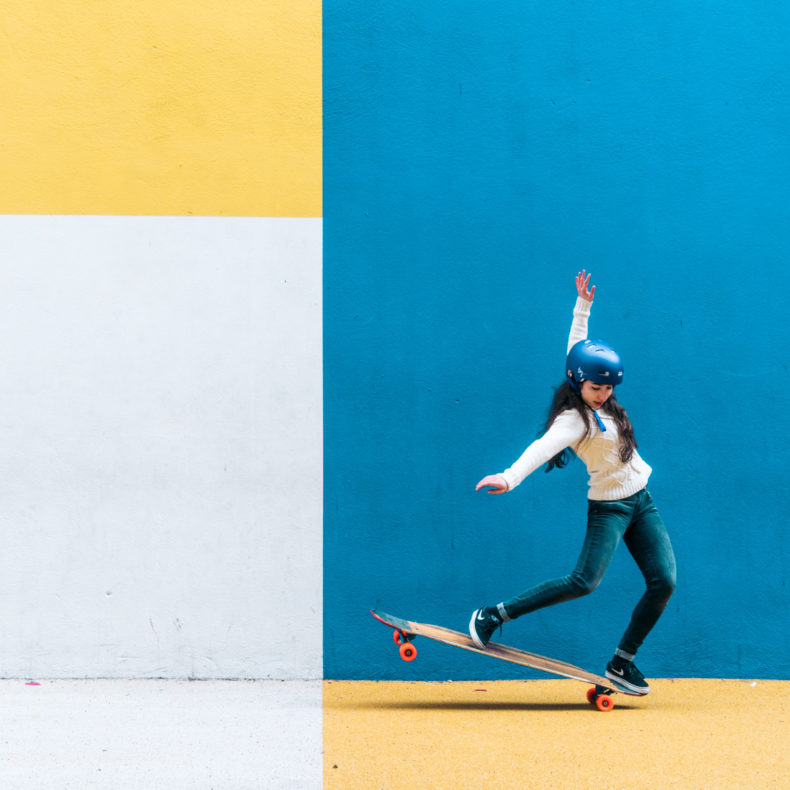 After all, you really want to enter the ring under incendiary melodies. But it is difficult for a beginner duet to keep the necessary pace throughout the performance, because the dance lasts from 1 to 3.5 minutes and is full of elements. Therefore, it is better to opt for a composition whose rhythm suits your pet. You should like the music and not get tired of it during numerous listenings, the optimal duration of the composition is no more than 120 seconds.
After all, you really want to enter the ring under incendiary melodies. But it is difficult for a beginner duet to keep the necessary pace throughout the performance, because the dance lasts from 1 to 3.5 minutes and is full of elements. Therefore, it is better to opt for a composition whose rhythm suits your pet. You should like the music and not get tired of it during numerous listenings, the optimal duration of the composition is no more than 120 seconds.
Step Four: Dance Scheme
Once the tune has been chosen and you've learned a lot, it's time to start staging. Try to dance alone, the music itself will tell you the best decision, where to make a turn, and where to just walk in accordance with the rhythm. Your movements should not be too complex, as in ballroom dancing, the main goal is to create a composition in which the dancing dog will look the most organic.
Step five: costume performance
Having worked out the program to the smallest detail, it's time to think about the costume.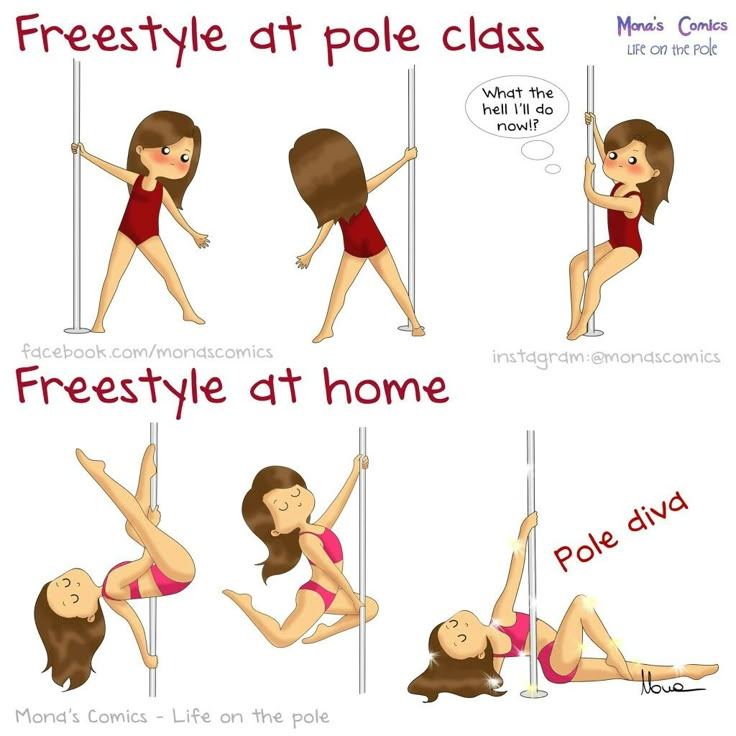

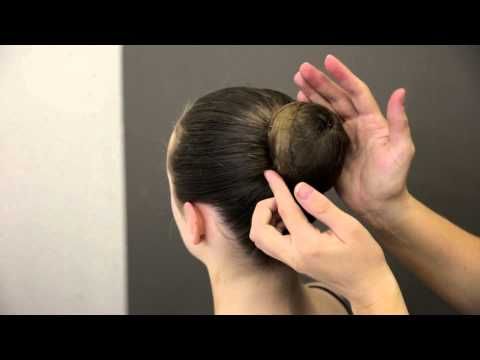
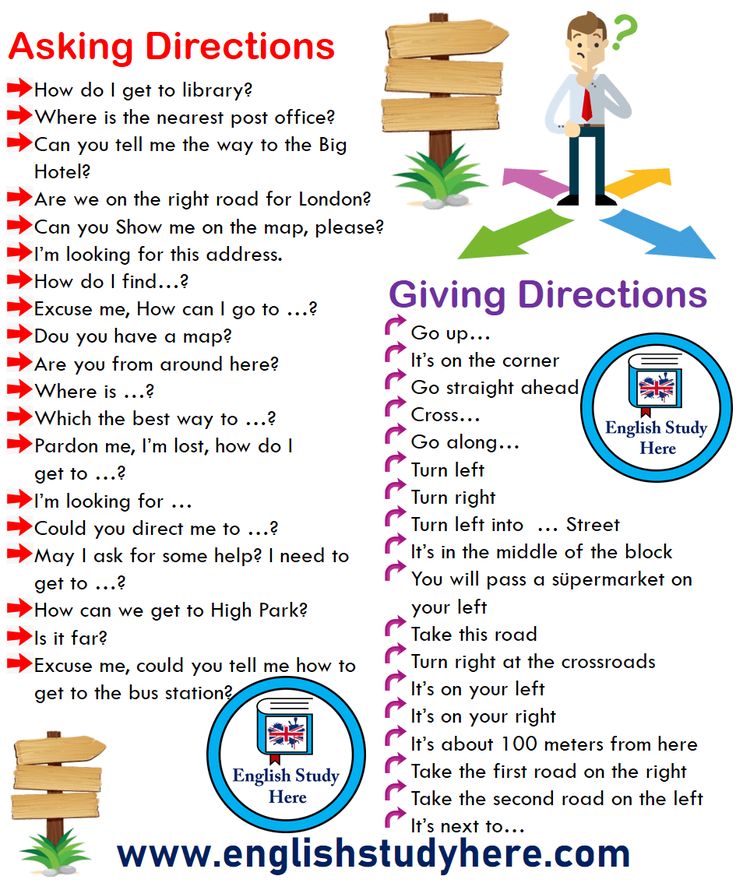
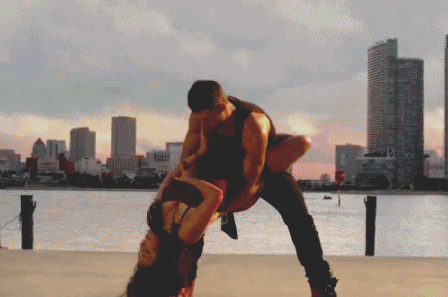

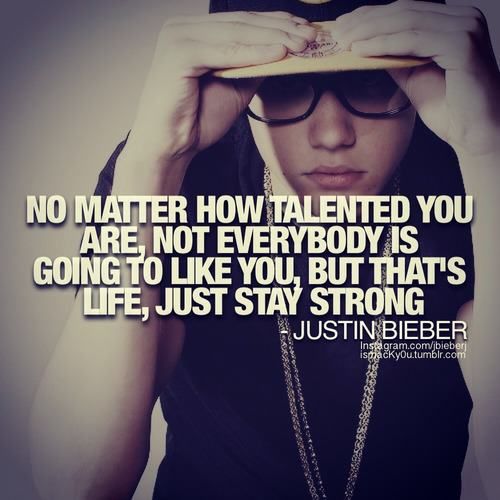
-Step-18.jpg/aid1640374-v4-728px-Shuffle-(Dance-Move)-Step-18.jpg)
